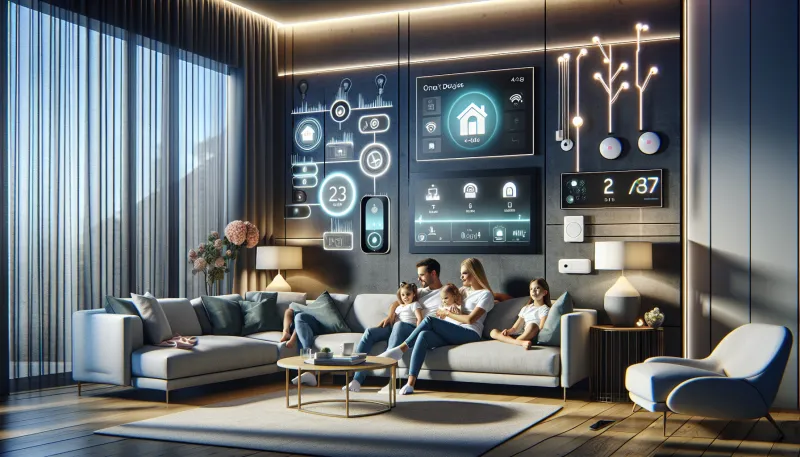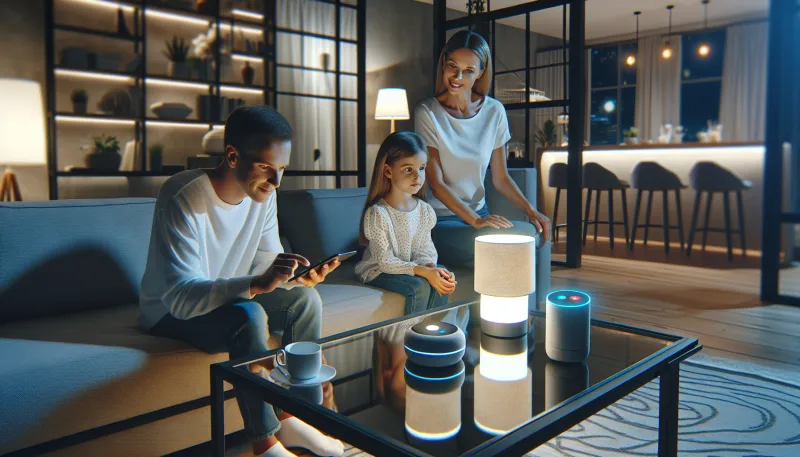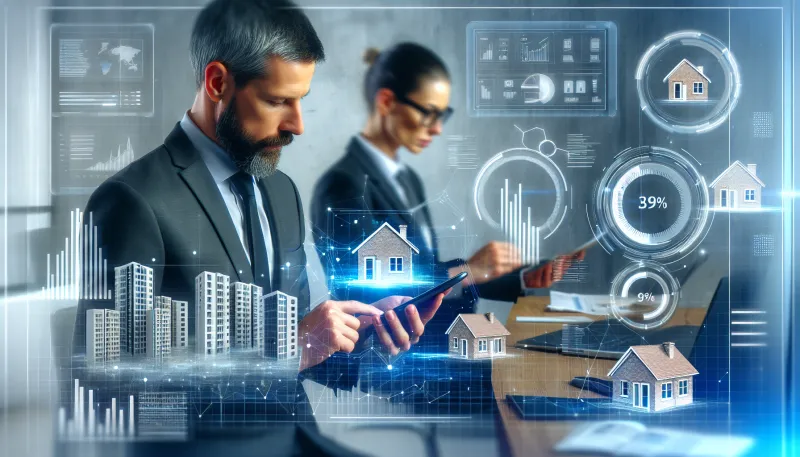
Smart Homes: Where Technology Meets Everyday Living
Smart homes have revolutionized the way we interact with our living spaces, blending cutting-edge technology with everyday lifestyle choices. From automated lighting and climate control to advanced security systems, these innovations create environments that are not only more convenient but also energy-efficient and tailored to individual needs. As the integration of smart devices continues to deepen, understanding their impact on modern living becomes increasingly essential.
- Defining smart homes and their core components
- The evolution of smart home technology
- Enhancing convenience and comfort in daily life
- Energy efficiency and sustainability benefits
- Security and safety advancements in smart homes
- The role of artificial intelligence and machine learning
- Challenges: Privacy and data security concerns
- Integrating smart homes into diverse lifestyles
- Future trends shaping smart home living
Defining smart homes and their core components
At its core, a smart home is a residence equipped with internet-connected devices that enable remote monitoring and management of appliances and systems. Core components often include smart thermostats, lighting controls, security cameras, voice-activated assistants, and connected entertainment systems. These devices communicate through centralized hubs or cloud platforms to provide seamless coordination and user control.
The evolution of smart home technology
Smart home technology has evolved significantly from simple programmable thermostats and basic security alarms to complex ecosystems powered by artificial intelligence and machine learning. Increased wireless connectivity and advances in sensor technology have enabled more sophisticated automation. Today's systems can learn user preferences and adapt behaviors, creating truly personalized home environments.
Enhancing convenience and comfort in daily life
One of the primary benefits of smart homes is the enhanced convenience they provide. Automated lighting adjusts according to time of day or occupancy, smart speakers respond instantly to voice commands, and intelligent climate control maintains ideal temperatures. These features reduce manual effort, allowing residents to focus on what matters most.
Energy efficiency and sustainability benefits
Smart home systems play a vital role in reducing energy consumption through optimized operation of heating, cooling, and lighting. For example, motion sensors can switch off lights in unoccupied rooms, while smart thermostats can learn schedules to minimize wastage. Such energy-conscious behaviors contribute to lower utility bills and a smaller environmental footprint.
Security and safety advancements in smart homes
Smart home security integrates surveillance cameras, door/window sensors, smart locks, and alarm systems into centralized platforms accessible remotely. This enables real-time alerts and control, enhancing safety and peace of mind. Furthermore, smoke detectors and carbon monoxide alarms connected to smart networks can notify homeowners instantly, enabling faster responses to emergencies.
The role of artificial intelligence and machine learning
Artificial intelligence (AI) and machine learning have transformed smart home devices from reactive tools to proactive assistants. By analyzing patterns in daily routines, AI can anticipate needs, such as preheating the oven or adjusting lighting before arrival. This predictive capability refines user experience and optimizes resource use through continuous learning.
Challenges: Privacy and data security concerns
While smart homes offer many advantages, they also raise important questions about privacy and data security. Connected devices collect vast amounts of personal data, which can be vulnerable to hacking or unauthorized access. Ensuring robust encryption, user control over data, and transparent privacy policies remains a critical challenge for manufacturers and consumers alike.
Integrating smart homes into diverse lifestyles
Smart homes are adaptable to a wide range of lifestyles, from busy professionals seeking efficiency to families prioritizing safety and seniors desiring independence. Customizable interfaces and modular devices allow users to select and scale features according to personal needs and technological comfort levels, making smart homes accessible and relevant to varied demographics.
Future trends shaping smart home living
Emerging trends such as increased interoperability between devices, voice and gesture controls, and integration with wearable technology are shaping the future of smart homes. Advances in 5G connectivity and edge computing promise faster response times and improved reliability. Additionally, the focus on sustainable materials and eco-friendly designs is expected to grow alongside technological innovation.
Tommy is a property-passionate journalist who covers the forces shaping housing and the built environment. With a data-driven approach and a reporter’s curiosity, he writes on market cycles, urban development, PropTech, and policy—always connecting numbers to everyday lives. [Name]’s work blends clear analysis with on-the-ground reporting to help readers navigate trends, opportunities, and risks across residential and commercial real estate.
















